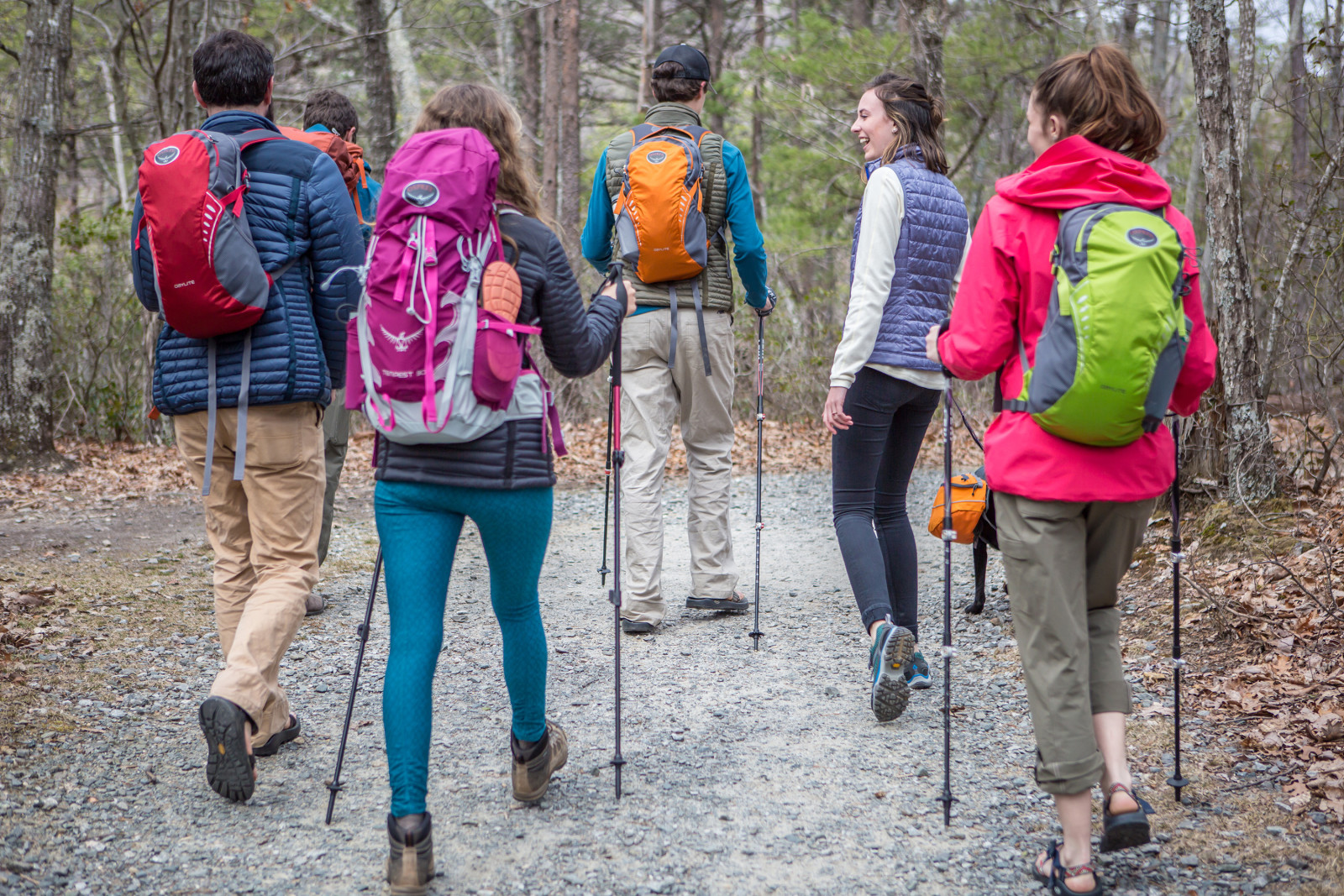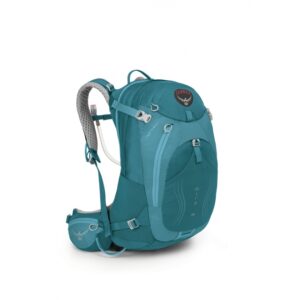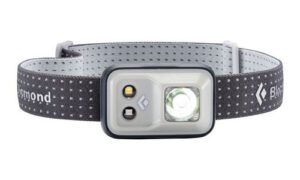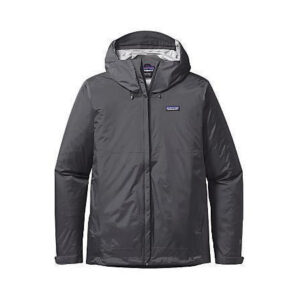 The weather’s cooled, you’ve gotten interested in hiking. Maybe you’re new to the trail entirely, maybe you’re a cool-weather hiker who’s been away for a while. As a newbie especially, you need a day pack (as you’ll discover momentarily). Even if you’ve done some hiking but it’s been awhile, you’re possibly due for an upgrade. Regardless, we’re here to help you pick the pack that best meets your needs.
The weather’s cooled, you’ve gotten interested in hiking. Maybe you’re new to the trail entirely, maybe you’re a cool-weather hiker who’s been away for a while. As a newbie especially, you need a day pack (as you’ll discover momentarily). Even if you’ve done some hiking but it’s been awhile, you’re possibly due for an upgrade. Regardless, we’re here to help you pick the pack that best meets your needs. The best way to do that? To see how well a pack handles the 10 Essentials of what you should take on every hike. We won’t dwell on why you need these 10 Essentials; for a better understanding of the coveted 10 Essentials of Hiking, check out this post. For our purposes today, we list each of the 10 essentials and what to look for in a pack to make sure it meets that need.
1. Water. You can’t overstate the importance of having water, and plenty of it. You also can’t overstate the importance of being able to get to that water: if you have to stop every time you want a drink and fish through your pack for your water, you won’t drink nearly enough. Lecture out of the way, there are two ways to drink: 1) With a bottle; 2) With a hydration bladder. If you’re a bottle drinker, make sure: a) that the pack comes with water bottle holsters on both sides, just above the hip. Equally important, make sure those holsters are angled enough that you can reach them, for both retrieval and to put them back. (Borrow a water bottle and give it a test drive to make sure.) The second way to drink: with a hydration bladder, which slips inside your pack and comes with a drinking tube that drapes over your shoulder. The pack needn’t necessarily come with a hydration bladder, just make sure it comes with a sleeve to accommodate your bladder (most packs do).
2. Snacks. You need to eat on the trail, even for a hike that’s less than an hour. You burn a lot of calories hiking, you need to replace those calories. Stopping for a food break is good, but really, you’ll keep your fuel levels up best by nibbling along the way. And that means having ready access, ideally in the form of hipbelt pockets. Even small pockets can accommodate the snacks that will help propel you down the trail (think Halloween-size candy bars).

3. Map. Always take a map, even a simplified handout like you get at the trailhead kiosk, and always have it handy: you get to a fork in the trail, your tendency should be to double check the map. If the map isn’t handy, you’re less likely to check. We keep our maps inside a ziplock tucked into one of those water-bottle holsters on the side of the pack.
4. Compass. Always take a map and compass. Again, access is key: most compasses fit quite nicely in a hip-belt pocket.
5. First-aid kit. It’s good to have relatively quick access to a first-aid kit: it makes you more likely to fetch the moleskin at the first sign of a blister, to take a potassium tablet at the first hint of a cramp, to take ibuprofen, just because. The typical personal first-aid kit is the size of a paperback romance novel, making the relatively spacious hood — or “brain” — of a pack the ideal storage spot. This flap over the top of some packs has a zippered pocket that’s surprisingly spacious.
6. Headlamp/flashlight. A pack hood/brain is also a good spot for a headlamp or flashlight, especially this time of year when daylight has a tendency to abandon us before expected and we need to fish out a light — fast. Also, if it inadvertently gets switched on, as is wont to happen, you or a hiking companion will be more likely to see it shining through than if it were buried in the pack’s main compartment.

7. Rain gear/extra layer. Here’s where we actually get inside the pack. You’re more likely this time of year to pack extra clothes that take up space. Figure out ahead of time what those needs might be — an extra fleece top, socks, gloves, hat, rain gear — when determining how big a pack you’ll need. In fact, feel free to bring what you expect to take to make sure it fits. Three pack thoughts: 1) Size, make sure the volume of the pack is big enough to accommodate your gear; 2) Hip-belt, make sure your pack has a padded hip belt because with a heavier day pack (10 pounds or more), you’ll want the bulk of that weight resting on your hip bones. Rely too much on shoulder straps alone and you’ll have sore shoulders by hike’s end; 3) You end up donning your rain gear, it gets wet, then it stops raining and the sun returns; you don’t want to stick your wet rain gear inside your pack. Thus, a pack with either outside zip pockets or, ideally, a mesh outside pocket, is ideal.

8. Matches, firestarter. This falls into the good-to-have-along category, not an emergency need. Thus, keep it in a ziplock bag at the bottom of your pack (which is where it will wind up anyway).
9. Duct tape. Ditto the above. Either keep it in a ziplock at the bottom of your pack or, if you’re a water-bottle person, wrap a yard’s length around the water bottle you’ll be taking.
10. Knife/multi-tool. A good multitool—with its various knives, tweezers, scissors, screwdrivers, hacksaws, etc. — can be the thing that gets you out of a variety of jams. We like to keep ours handy, in our hip belt.
Pack options
Now that you know what you’re looking for, check out our range of packs here.
